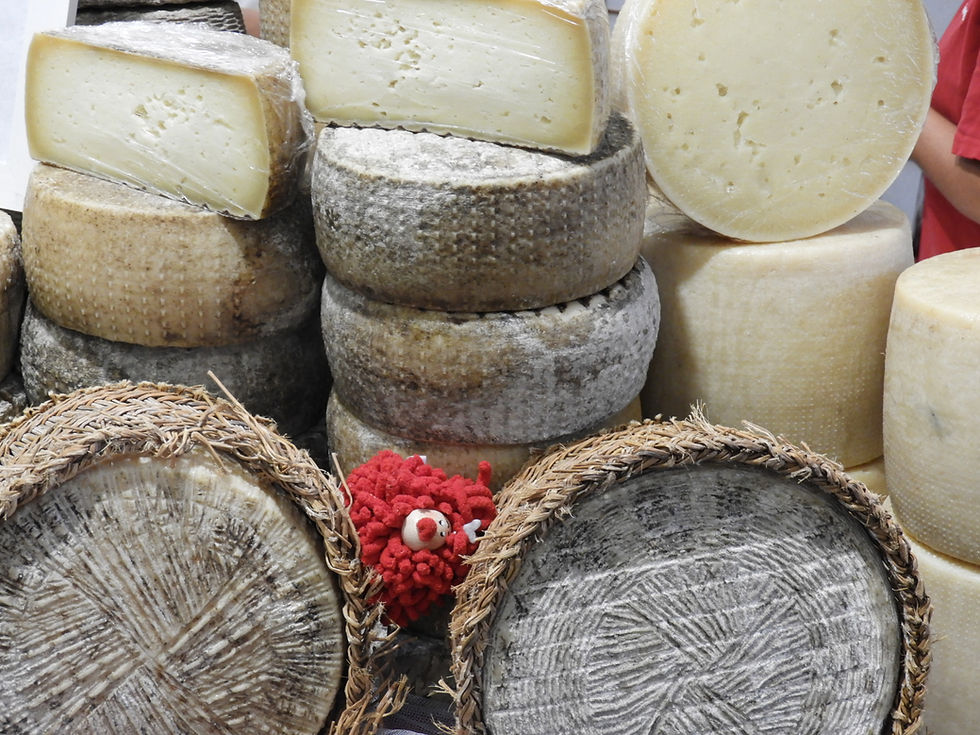The Aosta Valley
- Aug 26
- 2 min read
Updated: Sep 12
Italy's Unique Alpine Region
Introduction
The Aosta Valley is a mountainous region located in the north-western corner of Italy. Notably, it is both the smallest and least populated region in the country. The Valley shares its borders with France to the west, Switzerland to the north, and the Piedmont region to the south and east.
Autonomy and Cultural Identity
Unlike the other Italian regions, the Aosta Valley has not been divided into separate provinces. It is also one of five regions in Italy that possesses legislative and administrative autonomy. The Valley is often regarded as the least Italian of Italy's regions, largely due to its unique bilingual character—both Italian and French are taught in schools and spoken in homes throughout the region. This bilingualism is evident in everyday life, including bilingual road signs and a local culture that reflects influences from both France and Switzerland, as well as Germany, Italy, and the Mediterranean.

Natural Environment: Gran Paradiso National Park
One of the Valley’s highlights is the Gran Paradiso National Park, which covers an impressive 173,000 acres of snow-capped mountains. The park is dotted with tiny glacial lakes, surrounded by wooded slopes and vast flowering meadows. It is a haven for wildlife such as chamois, marmots, foxes, golden eagles, and the renowned ibex. With 450 miles of marked trails and mule tracks, the park is a true paradise for advanced hikers and walking enthusiasts.
Cuisine: A True Locavore Experience
The Aosta Valley’s cuisine is defined by simplicity and authenticity, relying on ingredients sourced from the region’s mountainous terrain. Cows graze on alpine pastures, and the cheeses made from their summer milk are especially delicious. Central to the region’s cooking is Fontina cheese, made from cow’s milk, which is also used to produce butter and cream. Other notable regional ingredients include wild mushrooms, game, beef, raspberries, blueberries, chestnuts, pears, apples, honey, and a variety of herbs. Freshwater fish from local rivers and lakes also feature in the cuisine. Apart from Fontina, cheeses such as Toma (cow’s milk), Robiola, and Tomini (both made from goat’s milk) are also popular.
Viticulture: Wines of the High Alps
Wine production in the Aosta Valley occurs at elevations of up to 900 metres above sea level. The region’s mountainous terrain poses significant challenges for grape growing, requiring great skill and ingenuity from local vignerons. Techniques such as planting grapes among stones—so that the stones reflect warmth and light to the vines—are commonly used. Red wines from the areas near the Piedmont border are often based on clones of Nebbiolo, the celebrated grape variety of the neighbouring region. Other grape varieties cultivated in the Valley include Donnas, Gamay, Petit Arvine, Nus Malvoisie, Chambave Muscat, and Blanc de Morgex et de La Salle.





Comments